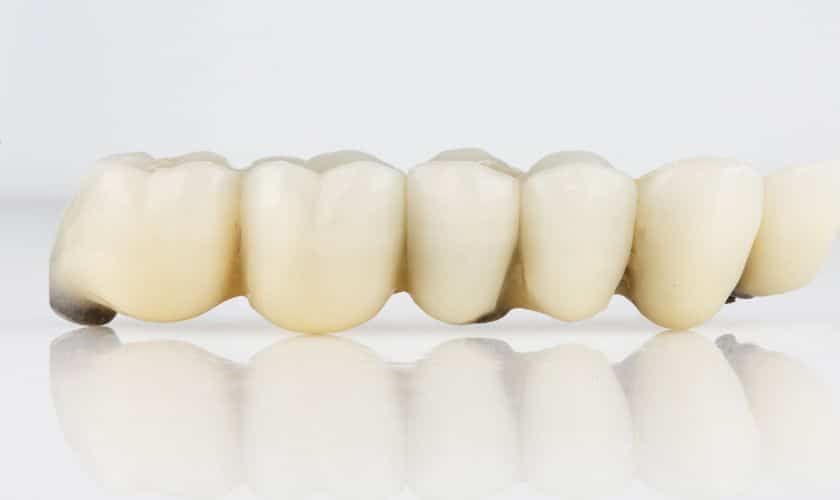
Blog
Types of Tooth Fillings: Which One is Right for You?
March 20, 2023
Dental Filling

Are you due for a tooth filling and wondering which type to choose? With so many options available, it can be overwhelming to decide what’s best for your teeth. That’s why we’re here to break down the different types of fillings and help you make an informed decision about which one is right for you. From traditional amalgam fillings to composite resin, ceramic, and more, let’s explore the pros and cons of each option so that you can keep your smile looking healthy and bright!
What are Tooth Fillings?
A filling is a way to restore a tooth back to its original function and shape. When a cavity forms, it’s important to have it filled in order to prevent further decay. There are different types of materials that can be used for fillings, and your dentist will help you choose the best option for you based on the location of the filling, the size of the cavity, your insurance coverage, and your personal preference.
The most common type of filling is an amalgam filling, which is made up of metals including silver, tin, copper, and mercury. Amalgam fillings are strong and durable, making them a good choice for large cavities or areas of your mouth that experience a lot of wear and tear. The downside of amalgam fillings is that they are noticeable and can darken your teeth over time.
Another type of filling is called a composite filling (sometimes called a “white” filling). Composite fillings are made from resin-based materials that can be matched to the color of your teeth. Composite fillings are less noticeable than amalgam fillings but they may not last as long.
A third type of filling is an ionomer cement filling. These fillings are made from glass ions combined with acrylic acid. Ionomer cement fillings release fluoride, which can help prevent cavities from forming in the future. Ionomer cement fillings are typically used for small cavities in patients
Types of Tooth Fillings:
The most common types of tooth fillings are amalgam (silver), composite (tooth-colored), gold, and porcelain.
Amalgam fillings are made of a combination of metals, including mercury, silver, tin, and copper. They are strong and durable, but because they are silver in color, they are more noticeable than other types of fillings.
Composite fillings are made of a plastic resin and glass mixture. They can be matched to the color of your tooth, so they are less noticeable than amalgam fillings. However, they may not be as strong as amalgam fillings and may need to be replaced more often.
Gold fillings are made of gold alloy and other metals. They are very strong and durable, but because they are gold in color, they are more noticeable than other types of fillings.
Porcelain fillings (also called inlays or onlays) are made of ceramic materials that match the color of your tooth. They are less visible than other types of tooth fillings but may be more expensive.
Amalgam (Silver) Filling
An amalgam (silver) filling is a type of tooth filling that is made from a mixture of metals, including silver, mercury, tin, and copper. Amalgam fillings are strong and durable, and they can last for many years. However, some people are concerned about the mercury content in amalgam fillings. If you are concerned about mercury exposure, talk to your dentist about other types of tooth fillings.
Composite Resin Fillings
Composite resin fillings are made from a mixture of glass or quartz filler and resin. They are tooth-colored and can be matched to the color of your natural teeth. Composite resin fillings are strong and durable and can last for many years with proper care.
Composite resin fillings are usually used to fill cavities in the front teeth, where they are less visible. They can also be used to repair cracked or chipped teeth or to close gaps between teeth. Composite resin fillings are not recommended for use in molars, as they may not be as durable as other types of tooth fillings.
Porcelain Fillings
Porcelain fillings, also called inlays or onlays, are made of ceramic and bonded to the tooth. They are more durable and longer lasting than composite fillings and blend well with your natural tooth color. Porcelain fillings are more expensive than other types of fillings and require two dental visits.
When Should You Replace Your Fillings?
While fillings are designed to last many years, they will eventually need to be replaced. The American Dental Association (ADA) recommends replacing a filling when it is showing signs of wear, such as chips, cracks, or discoloration.
Fillings can also become loose over time. If you can wiggle your filling with your tongue or feel sharp edges, it’s time for a replacement.
You may also need to replace your filling if you develop a cavity under it. This can happen if the original filling was too small or if the tooth has developed new decay around the open margins of the filling.
Conclusion
With so many types of tooth fillings to choose from, it can be difficult to decide which one is right for you. However, with the help of your dentist, you should now have a better understanding of each type and what their advantages and disadvantages are. Ultimately, the type of filling that is best for you will depend on your individual needs as well as budget constraints. Your dentist will provide advice on which option would work best in your case.
FAQs
1. What are dental fillings?
Dental fillings are used to restore a tooth that has been damaged by decay or an injury back to its original shape and function.
2. What types of dental fillings are available?
There are several types of dental fillings available, including amalgam (silver), composite (tooth-colored), gold, and porcelain.
3. Which type of dental filling is right for me?
The type of dental filling that is right for you will depend on the location and severity of the damage, as well as your personal preference. Amalgam fillings are typically used for posterior teeth (molars) while composite fillings are often used for anterior teeth (front teeth). Gold and porcelain fillings are also options, but they tend to be more expensive.
4. How long do dental fillings last?
With proper care, most dental fillings can last for many years. however, it is important to keep an eye on them and have them checked by your dentist regularly, as they can sometimes become loose or wear down over time.
Recent Posts

Dental Fillings and Sensitivity: What to Know?

A Comprehensive Guide to How Dental Bridges Work

How Implant Retained Dentures Enhance Your Diet?

What Are the Goals of Oral Cancer Awareness Month?

